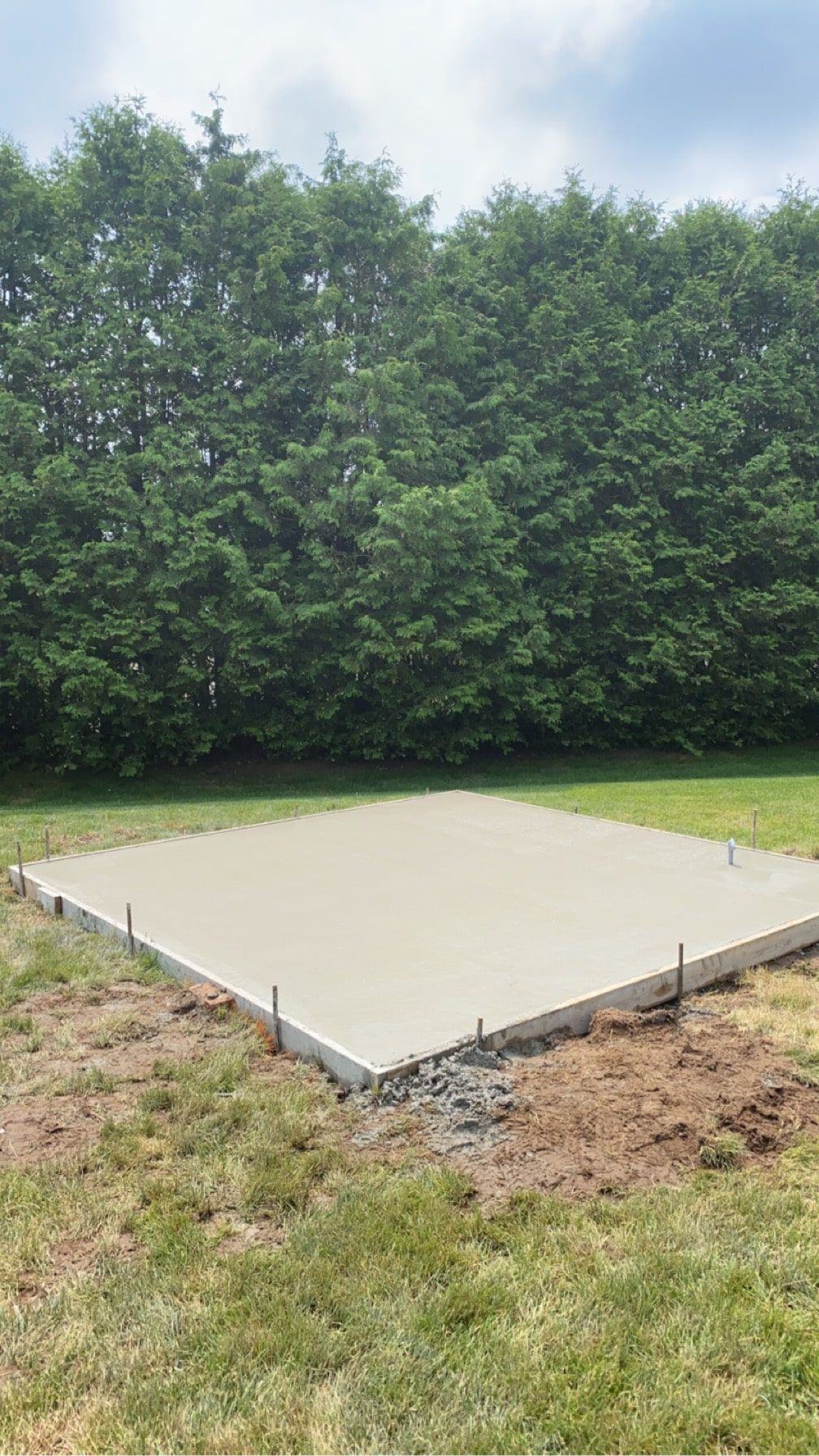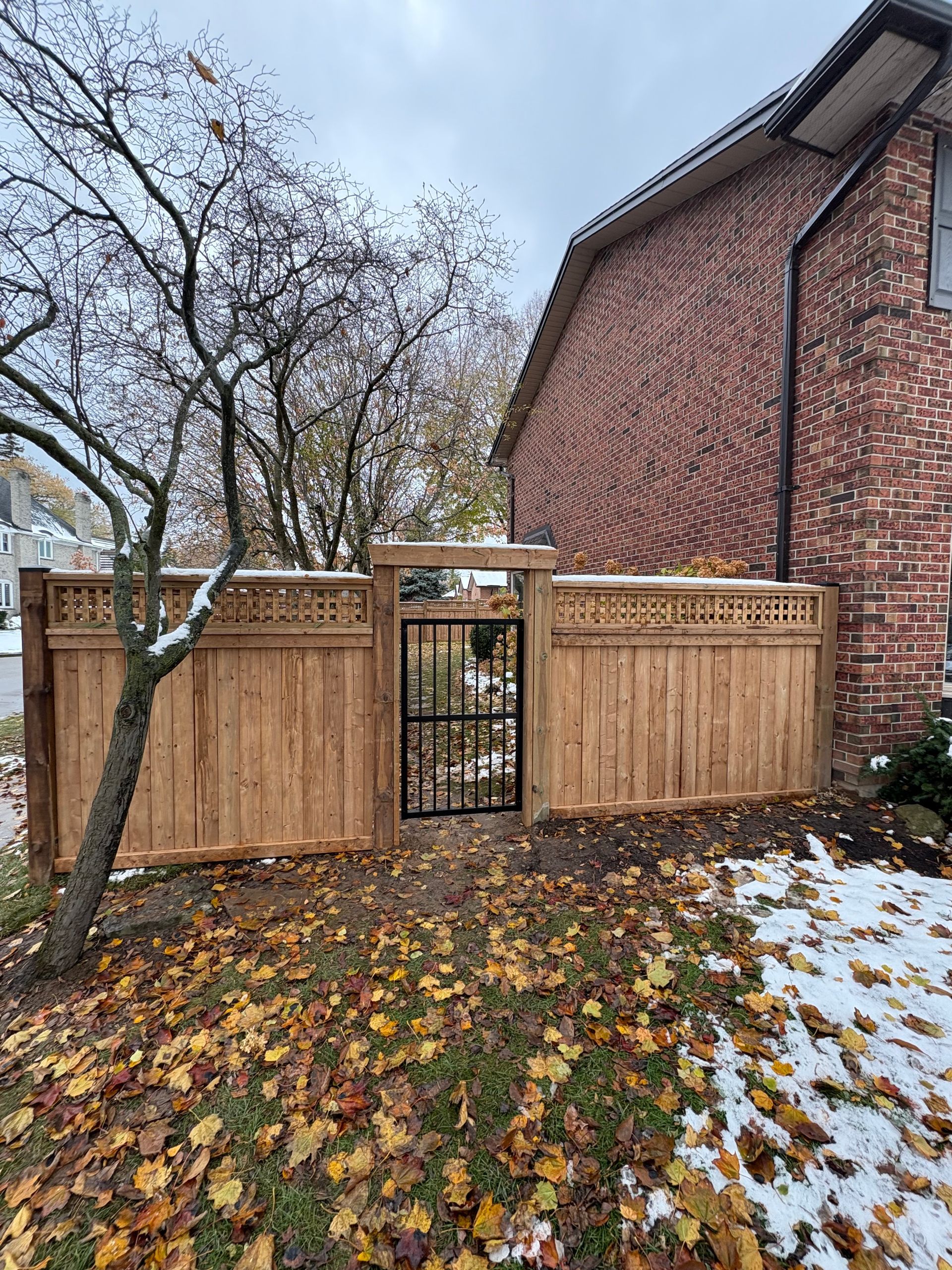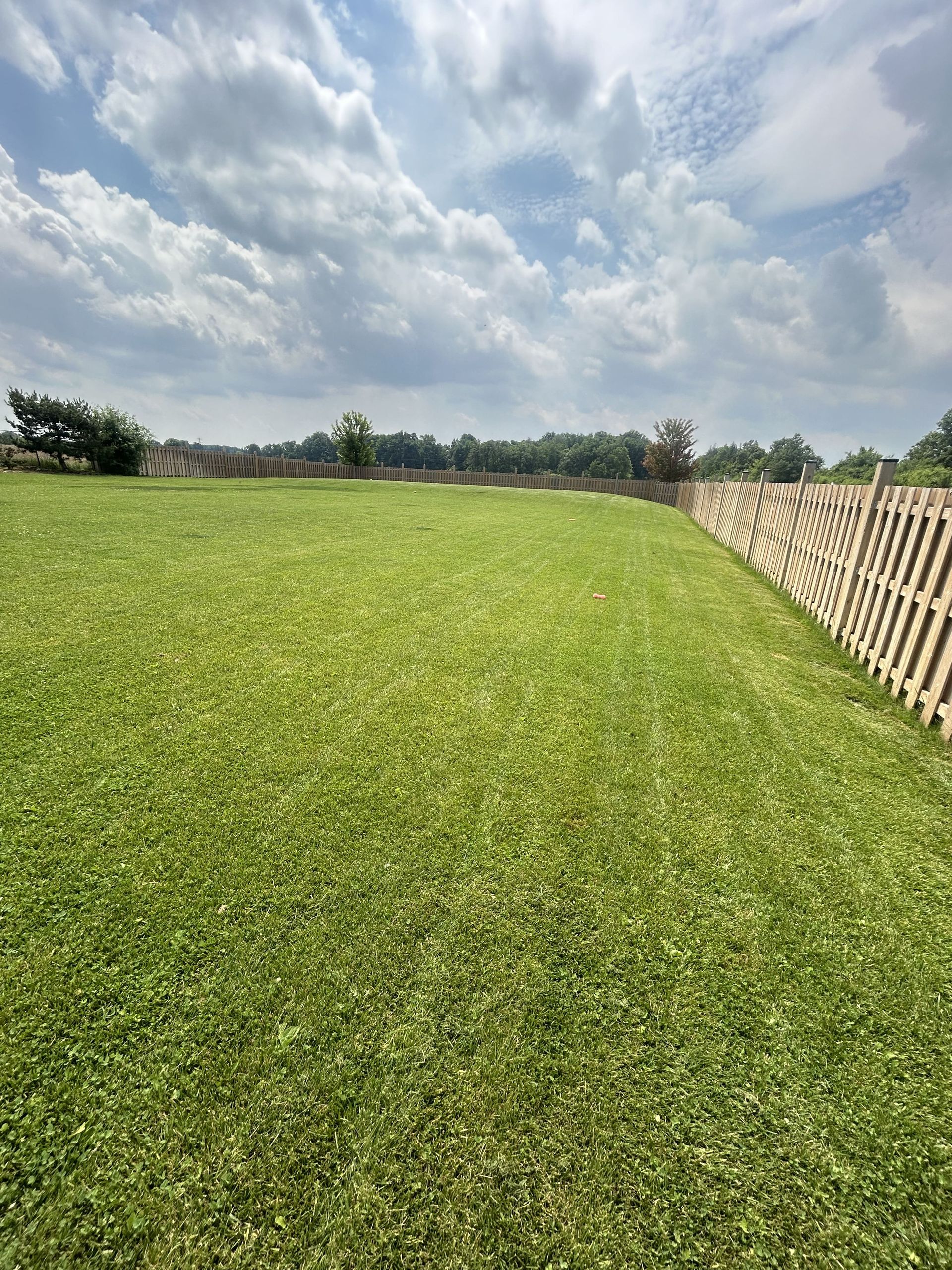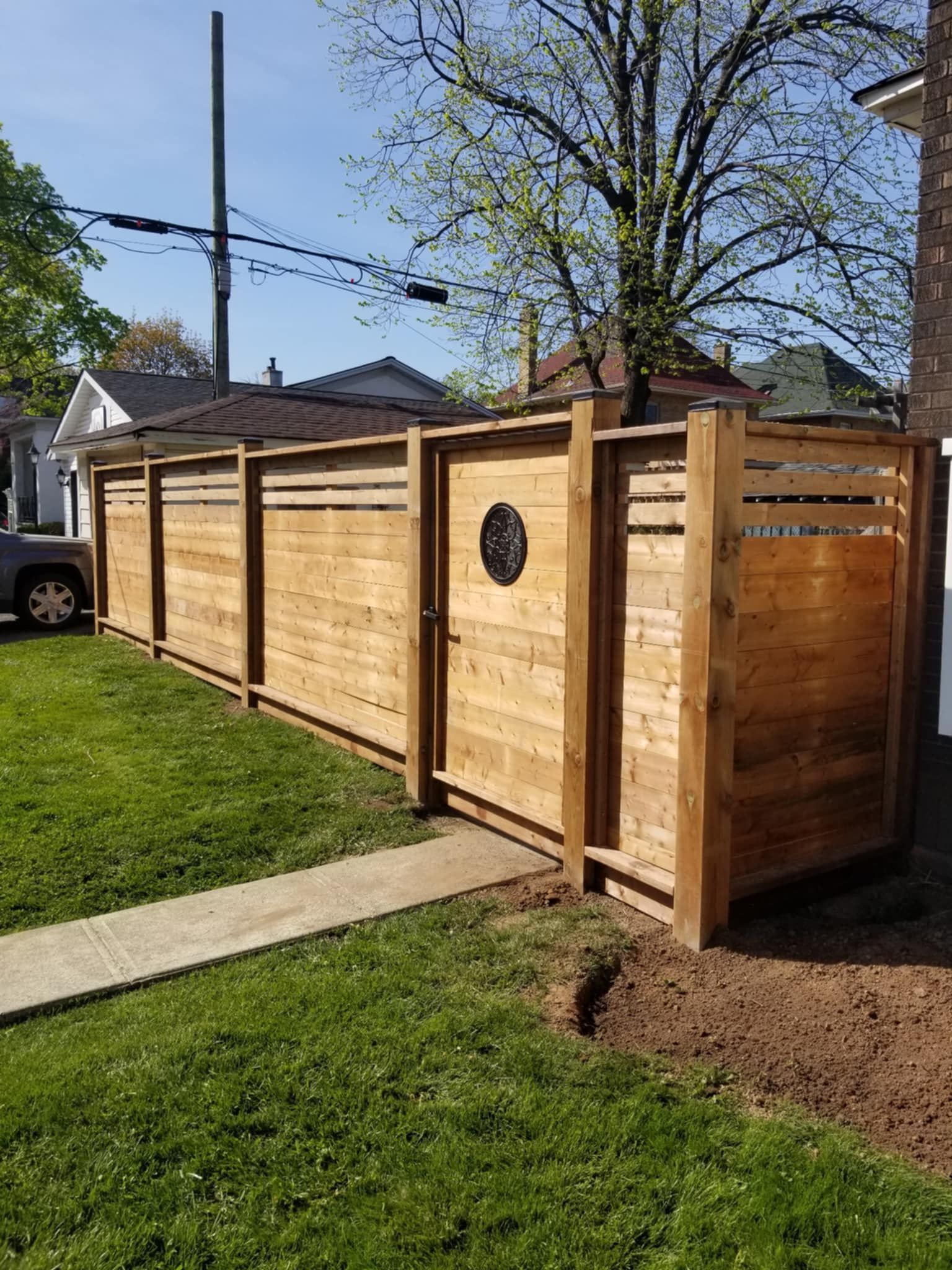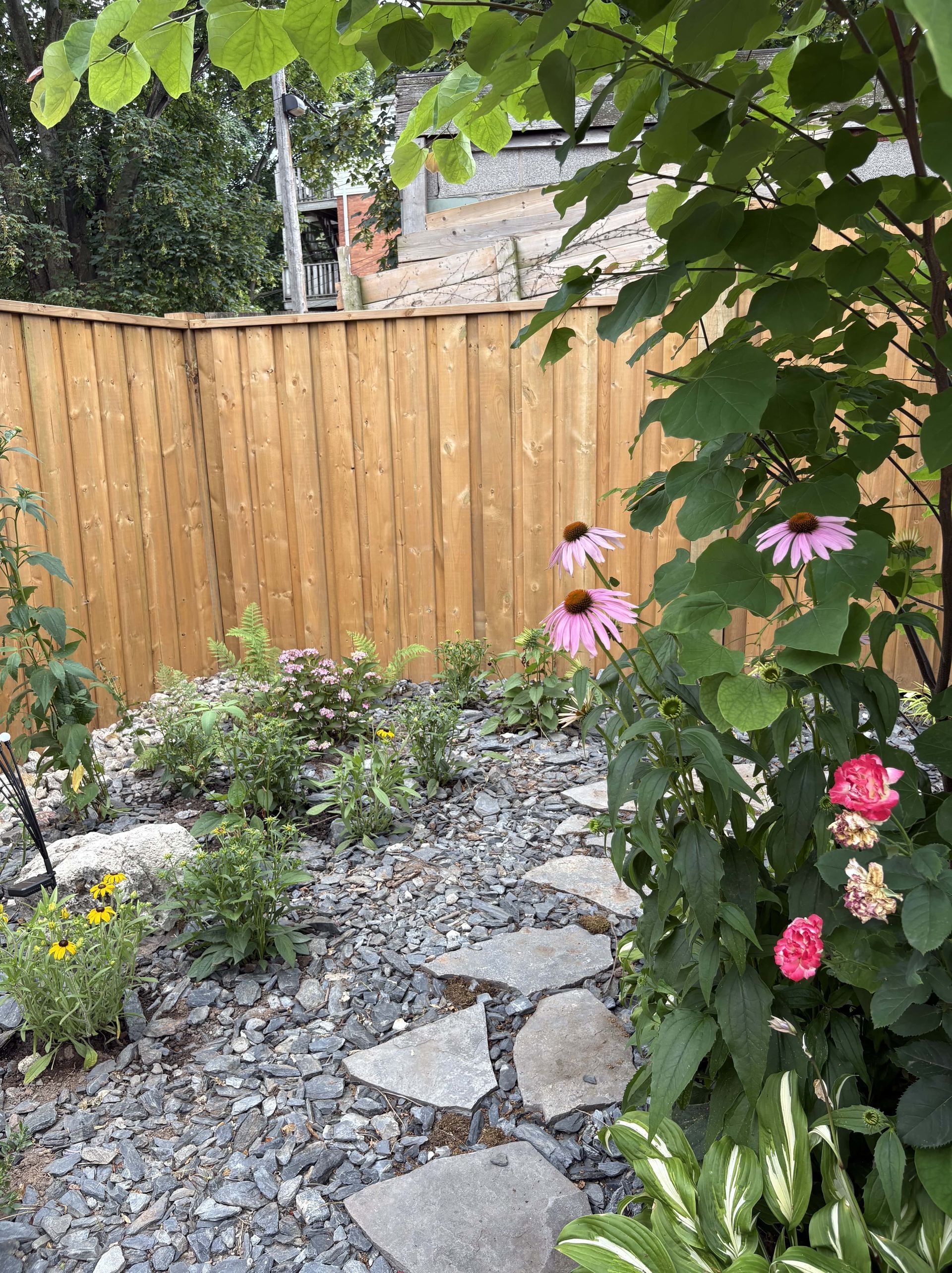Transform Your Yard: 5 Tips for a More Vibrant Lawn
A lush, green lawn is the crown jewel of any home. It not only boosts your curb appeal but also provides a serene space for relaxation and play. However, achieving that picture-perfect lawn can seem daunting. Fear not! With a few essential practices, you can transform your yard into a vibrant oasis. In this post, we will delve into five practical tips to help homeowners cultivate a healthier, more beautiful lawn.

The Key to a Thriving Lawn: Proper Mowing Techniques
One of the most critical aspects of lawn care is proper mowing. It may seem simple, but the way you mow can significantly impact the health and appearance of your grass. Understanding the ideal grass height, frequency of mowing, and the importance of using sharp blades can make a world of difference.
Ideal Grass Height
Maintaining the correct grass height is vital for a healthy lawn. Most lawn experts recommend keeping your grass at about 3 to 4 inches tall. This height allows the grass to shade its own roots, reducing water evaporation and promoting deeper root growth. Taller grass also helps crowd out weeds by blocking sunlight from reaching weed seeds.
Frequency of Mowing
It's essential to mow your lawn regularly, but not too frequently. Cutting your grass too short can stress it and make it more susceptible to disease and pests. A good rule of thumb is to never remove more than one-third of the grass blade at a time. Regular mowing encourages thicker growth, which in turn creates a more vibrant lawn.
Use Sharp Blades
Dull mower blades can tear grass instead of cutting it cleanly, leading to a ragged appearance and increased vulnerability to diseases. Ensure your mower blades are sharp to provide a clean cut. Sharpen your blades at least twice a season or whenever you notice signs of dullness. This simple step can greatly enhance the health and beauty of your lawn.
Watering Wisely: Hydration for Deep Root Growth
Watering your lawn properly is crucial for promoting deep root growth and preventing issues like overwatering. Proper watering practices keep your grass resilient and more vibrant throughout the seasons.
Best Time to Water
The timing of your watering sessions can affect lawn health. The best time to water your lawn is early in the morning, between 6 AM and 10 AM. Morning watering reduces water loss due to evaporation and allows the grass to dry out during the day, preventing fungal diseases.
Watering Depth and Frequency
Deep, infrequent watering is more beneficial than shallow, frequent watering. Aim to soak your lawn to a depth of 6 to 8 inches, encouraging roots to grow deeper into the soil. Typically, lawns need about 1 inch of water per week, including rainfall. Adjust your watering schedule based on weather conditions, ensuring you do not overwater or underwater your lawn.
Avoid Overwatering
Over watering can be as harmful as under watering. It can lead to shallow root systems, increased weed growth, and susceptibility to diseases. Use a rain gauge or a simple can to measure the amount of water your lawn receives and adjust accordingly. Proper watering habits will keep your lawn healthy and vibrant.
Nurturing Soil Health: The Foundation of a Vibrant Lawn
Healthy soil is the foundation of a thriving lawn. Improving soil health through testing, aeration, and proper fertilization is essential for robust grass growth and a vibrant lawn.
Importance of Soil Testing
Before making any amendments, it's crucial to understand your soil's current condition. Conducting a soil test will provide valuable insights into its pH level and nutrient content. Based on the results, you can adjust your soil treatment plan to address deficiencies and create the optimal environment for your grass.
Aeration for Better Soil Health
Soil compaction can hinder water, air, and nutrient absorption, leading to unhealthy grass. Aeration involves perforating the soil with small holes to alleviate compaction and improve the flow of essential elements. This process allows roots to grow deeper and enhances overall soil health. Aerate your lawn at least once a year, preferably in the fall or spring, to reap the benefits.
Effective Fertilization
Fertilizing your lawn provides the necessary nutrients for healthy growth. Choose a balanced fertilizer suitable for your grass type and follow the recommended application rates. Over-fertilization can harm your lawn, so it's important to adhere to guidelines. Organic fertilizers are a great option as they improve soil structure and promote long-term health.
Winning the Battle Against Weeds: Control Strategies
Weeds can quickly take over a lawn, stealing nutrients and spoiling its appearance. Implement effective prevention and removal strategies to keep your grass weed-free and vibrant.
Preventative Measures
Preventing weeds from taking root is easier than dealing with an infestation. Mulching your lawn helps retain moisture and suppress weed growth by blocking sunlight. Additionally, maintaining a dense and healthy lawn through proper mowing, watering, and fertilization can naturally crowd out weeds.
Manual Weed Removal
For small weed patches, manual removal is an effective method. Pull weeds by hand or use a weeding tool to ensure the entire root system is extracted. This approach is environmentally friendly and minimizes the use of herbicides.
Use of Herbicides
In cases of severe weed infestations, herbicides may be necessary. Select a herbicide specifically designed for your grass type and follow the manufacturer's instructions carefully. Apply herbicides during the growing season for maximum effectiveness. Remember, proper lawn care practices can reduce the need for chemical interventions.
Seasonal Maintenance: Year-Round Lawn Care
Maintaining a vibrant lawn requires attention to seasonal tasks. Each season presents unique challenges and opportunities for lawn care. Follow these guidelines for effective seasonal maintenance and keep your lawn looking its best year-round.
Spring Lawn Care
Spring is the perfect time to give your lawn a fresh start. Begin by removing any debris that accumulated over the winter. Aerate the soil if needed, and apply a balanced fertilizer to encourage new growth. Address any bare patches by overseeding and watering consistently. Regular mowing will help maintain a uniform appearance.
Summer Lawn Care
Summer heat can stress your lawn, making proper watering practices even more crucial. Water deeply and less frequently, and mow at a higher height to shade the soil and reduce water loss. Avoid fertilizing during peak heat, as this can burn your grass. Regularly inspect for pests and diseases, and address any issues promptly.
Fall Lawn Care
Fall is a critical time for preparing your lawn for winter and ensuring its longevity. Rake fallen leaves to prevent suffocation and disease. Aerate the soil to alleviate compaction and promote root growth. Apply a slow-release fertilizer to nourish your lawn throughout the winter. Overseed to thicken your grass and fill in bare spots.
Cultivating a Vibrant Lawn for Your Home
A vibrant lawn is not just a visual delight but also a source of pride and joy for homeowners. By implementing these five essential tips—proper mowing techniques, wise watering practices, nurturing soil health, effective weed control, and seasonal maintenance—you can achieve and maintain a lush, green lawn that enhances the beauty of your home.
Remember, consistency is key. Regularly following these practices will yield long-term results and transform your yard into a vibrant oasis. Start implementing these tips today, and enjoy the benefits of a healthier, more beautiful lawn. If your looking for regular landscaping maintenance, contact us today!
